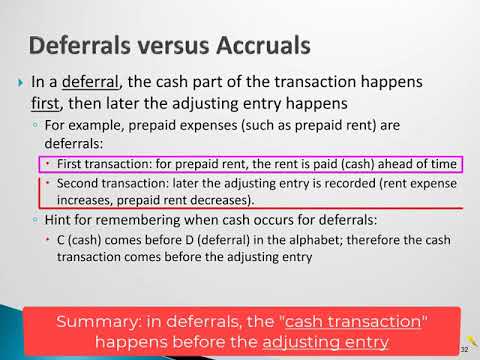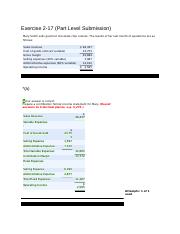Content

After recording transactions in the various subsidiary books, it is necessary to “process” the entries further and recast them so that all transactions of a kind for the whole period are brought together. Not until one knows at one glance what transactions have taken place with a particular person, can one ascertain what he owes or what is owed to him. An example of such marshaling of transactions is the Cash Book itself where all transactions of cash have been classified, receipts put on one side and payments on the other. At the end of the trading period, closing entries are made, the object being to close the books. These will be considered later when the Trading and Profit and Loss Account and the Balance Sheet are discussed. Next is a comprehensive example to show how each transaction is dealt with.
- When the year is closed, you can no longer create or modify any transactions in that year.
- After bank statement reconcilation process using bank statement, invoice will be paid.
- Instead, the investments and capital of the business will be entered as opening balance for the current accounting year.
- You must rollover the chart of accounts before you can run this process.
- At this time Credit Note is important, and seller sends to purchaser to maintain the records in a proper way.
You can easily transfer this data with the customer journal, the vendor journal, the item journal, or the G/L journal. So here I created an inventory journal for opening my inventory, I entered my item numbers and quantity and when I post that, I will create my inventory opening. When sales take place, an account of purchaser is debited, and the account of seller is credited.
Fact Checked
When a business starts the books for a new year, it has to make what is known as the opening entry in the journal. It is to record the opening balances of various accounts that are being transferred from the books of the previous year to be books of the New Year. All those accounts which denote what the business possesses are debited and all the accounts showing amounts due by the business are credited. If capital is given, well and good, but if it is not, it can be easily found out by deducting liabilities from assets. The LedgerJournalLines don’t have the posted transactions.

If you don’t see an opening balance, write down the date and amount of the oldest transaction in the account. Find the account opening entries and selectView register from the Action column. Go to Bookkeeping or Accounting, then select Chart of accounts .
By Contributing Non-Cash Assets
The new balance can easily be transferred through a wizard, so you do not have to keep track of each correction entry made in the previous financial year. We are looking to create some reports that contain all the journal entries for our company. The report would allow you to pick two different dates and see all the transactions that occured in that period, outside of D365. Temporary accounts can either be closed directly to the retained earnings account or to an intermediate account called the income summary account. The income summary account is then closed to the retained earnings account.
- At the end of the trading period, closing entries are made, the object being to close the books.
- The new balance can easily be transferred through a wizard, so you do not have to keep track of each correction entry made in the previous financial year.
- The LedgerJournalLines don’t have the posted transactions.
- Suppose sales on credit of goods of the last year of accounting before closing account provides a good profit to the business, but it becomes impossible to make a proper transaction at the same time.
Vendor Ledger – import each open invoice, credit memo and payment into a journal, enter one offset entry for each vendor posting group to the gl account in the vendor posting group. This will post all the entries and the offset to the same gl account. You have already posted that data in that account and GL entries are created, you need to pass one more entry with minus of that total account to make that Balance Zero for that account.
Opening Entries or opening Journal Entries
Are you looking for a pro forma income statement template Excel for your business? Discover the definition of the pro forma income statement, its purpose, how to create a pro forma statement and free pro forma income statement template Excel to download. The first step is to create a configuration package that includes the setup tables for those journals. The following procedure assumes that this step is completed.

How do you make opening entries?
How to Pass an Opening Entry? When the next financial year begins, the accountant passes one journal entry at the beginning of every financial year in which he shows all the opening balance of assets and all the liabilities include capital. After that, the journal entry is called an opening journal entry.

Lascia un commento